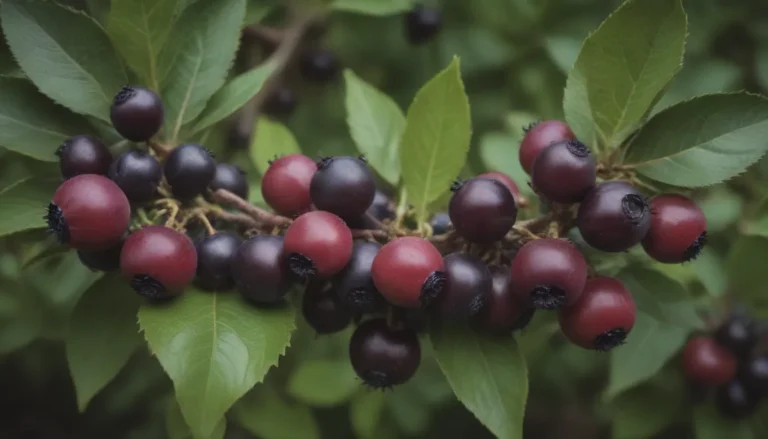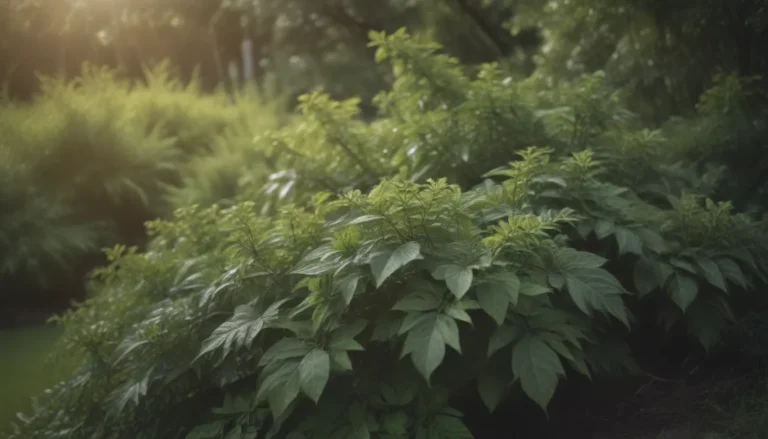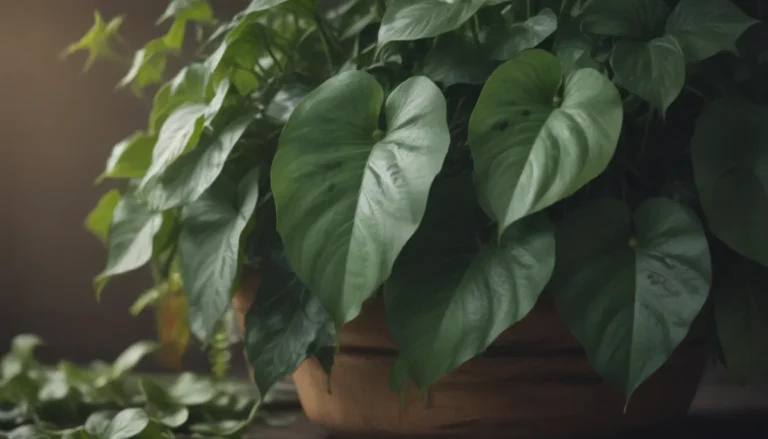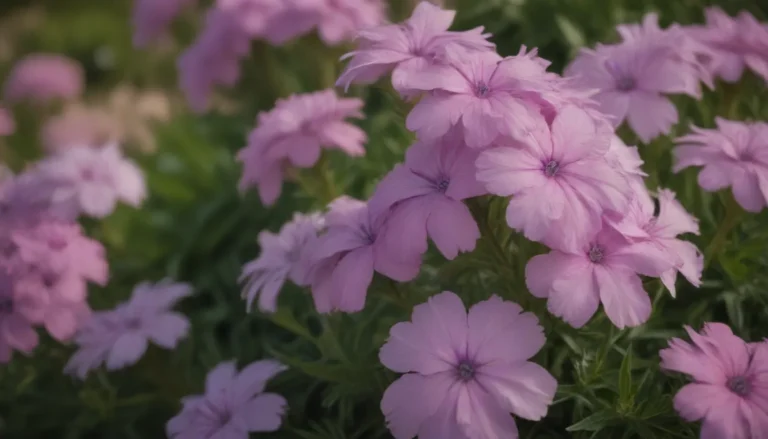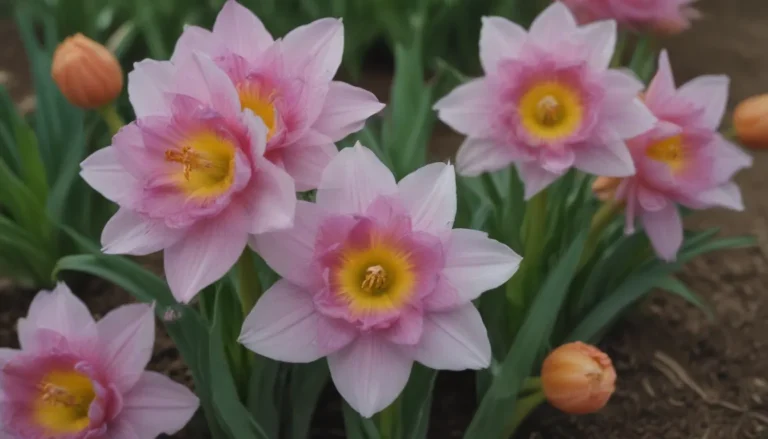Everything You Need to Know About Growing and Caring for Succulent Senecio Plants

Welcome to our comprehensive guide on how to grow and care for succulent Senecio plants! Whether you’re a seasoned gardener or a beginner looking to add some unique plants to your collection, Senecio is a fantastic choice. In the vast Senecio genus, there are over 1,000 species, with approximately 100 succulents that can be grown in various climates and settings. From large shrubs to trailing groundcovers, Senecio plants offer a wide range of options for gardeners.
Getting to Know Senecio Plants
Senecio plants come in a variety of shapes, sizes, and colors, making them a versatile addition to any garden. The foliage of these plants is the main attraction, with leaves ranging from deep green to bluish tones, and even striped patterns. Some leaves are round, while others are banana-shaped, creating visual interest in any space. Additionally, Senecio plants produce beautiful flowers in red, white, or yellow shades, adding a pop of color to your garden.
When planting Senecio, it’s important to note that all species should be considered toxic to humans and animals. Care should be taken when handling these plants to avoid any potential harm.
Senecio Care Tips
To ensure your Senecio plants thrive, follow these care tips:
Light
Senecio plants prefer bright indirect light in hot climates and full sun in cooler regions. Providing the right amount of light is crucial for the health and growth of these succulents.
Soil
Senecio plants are not picky about soil pH and do well in the neutral range. However, it’s essential to ensure the soil is well-drained and sandy. For potted plants, opt for a fast-draining succulent or cactus soil mix to promote healthy growth.
Water
As succulents, Senecio plants have high drought tolerance. Allow the roots to dry out completely between waterings to prevent overwatering, which can lead to root rot.
Temperature and Humidity
Most Senecio varieties thrive in USDA Hardiness Zones 9 to 12 and are heat-tolerant. Avoid prolonged exposure to cold temperatures, as it can damage the plants.
Fertilizer
Due to their sandy soil preferences, Senecio plants may need occasional fertilization. Apply a light fertilizer annually to replenish nutrients without promoting excessive growth.
Types of Senecio Plants
There are numerous succulent Senecio species to choose from, each with its unique characteristics. Here are a few well-known varieties to consider for your garden:
- Lavender steps, propeller plant (S. crassissimus)
- Cocoon plant (S. haworthii)
- String of bananas (S. radicans)
- String of beads, string of pearls (S. rowleyanus)
- Blue Chalksticks (S. serpens)
- Blue Chalksticks (S. mandraliscae)
Pruning and Propagating Senecio Plants
Senecio plants require minimal pruning, mainly to remove dead or damaged foliage. To prevent floppiness in taller varieties, prune them back to where the stem is firm. For propagation, rooting cuttings is the easiest and fastest method. Cuttings can be taken during the growing season and planted in well-draining soil for successful growth.
Growing Senecio from Seed
While Senecio is primarily propagated from cuttings, growing from seed is possible. However, it is less commonly practiced due to the ease and success rate of rooting cuttings.
Potting and Repotting
Smaller Senecio varieties thrive in containers, making them ideal for indoor or patio gardening. Use a fast-draining succulent soil mix in pots with adequate drainage holes. Repot as needed when the roots outgrow the container or start to emerge from the drainage holes.
Overwintering Senecio Plants
In colder climates, potted Senecio plants should be brought indoors during the winter months. Place them in a bright location and water when the soil is dry to ensure they survive the colder season.
Common Pests and Diseases
Senecio plants are generally resilient to pests, but they can be affected by scale and mealybugs. Treat infestations with neem oil or insecticidal soap to keep your plants healthy and pest-free.
In conclusion, Senecio plants offer a unique and visually appealing addition to any garden or indoor space. With proper care and attention to their specific needs, you can enjoy these beautiful succulents year-round. Whether you’re a novice gardener or a seasoned plant enthusiast, Senecio plants are a great choice for adding diversity to your collection. Happy gardening!
